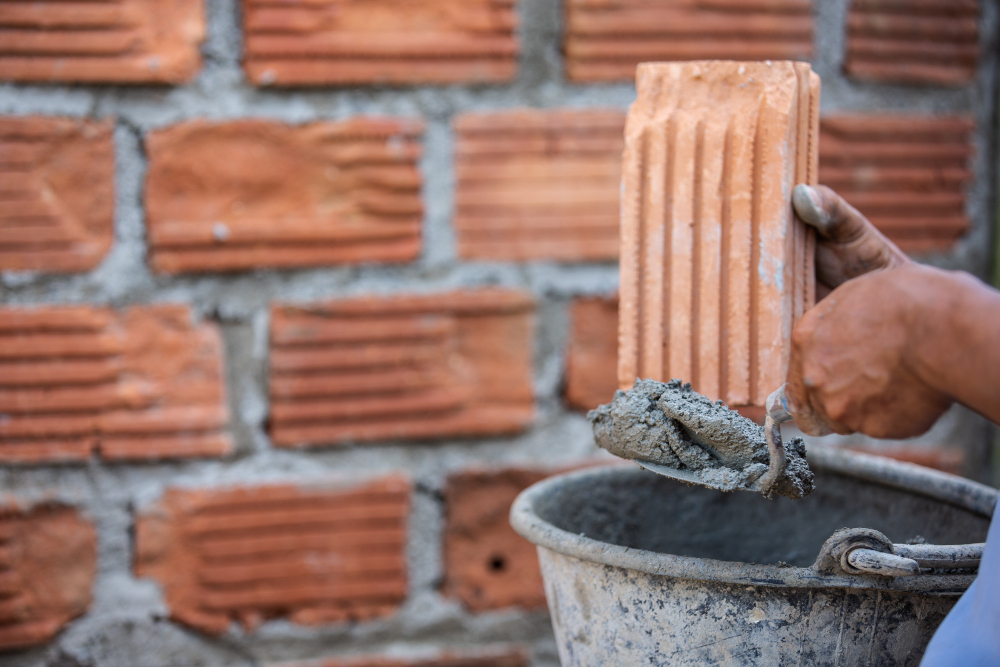
Masonry restoration in Utah is a vital service, as the state treasures its historical and architectural heritage. Whether you own a commercial building, a historic property, or a residential structure, choosing a masonry restoration company in Utah is a significant investment.
Understanding the factors that affect the cost of restoration helps property owners make knowledgeable decisions, budget well, and get the best value from their restoration projects.
This blog explores the seven key factors impacting the cost of hiring a masonry restoration company in Utah. It’s tailored to property managers and owners seeking transparent insights before committing to restoration work.
How the Cost of Masonry Restoration Company is Calculated?
Discover the factors that impact the cost of masonry restoration company in Utah.
1. Extent and Severity of Masonry Damage
The scale and depth of damage to your masonry are the primary cost drivers for restoration in Utah. Minor surface cracks, loose mortar joints, or isolated brick damage need less time and fewer materials than extensive structural failures or widespread spalling.
Severe issues such as bowed walls, foundational shifts, or water infiltration demand comprehensive repair techniques including stabilization and rebuilding, increasing labor and material costs. A masonry restoration company in Utah will start every project with a detailed assessment to gauge the damage level and provide an accurate quote.
2. Type of Masonry Materials Used
Commercial and historic buildings showcase a variety of masonry types—clay brick, natural stone, adobe, concrete blocks, or terra cotta. Each material has unique restoration needs and associated costs.
For example, historic natural stone or hand-molded bricks need sourced or custom-fabricated replacement units. While modern concrete blocks might be more available and cheap. Matching historic materials preserves aesthetic integrity and increase material costs due to rarity or sourcing difficulties.
3. Complexity of Restoration Techniques Needed
Masonry restoration is more than patching up cracks. The choice of restoration methods impact labor intensity and material use:
- Repointing involves thorough removal and replacement of mortar joints to match historic composition.
- Tuckpointing is a specialized cosmetic technique to fill and conceal joints while preserving appearance.
- Stone or brick replacement requires skilled masons to remove damaged units without harming neighboring masonry.
- Cleaning and sealants must be chosen carefully to avoid damage while preserving breathability.
- Structural reinforcement using helical ties or anchors may be necessary in unstable areas.
Higher craftsmanship and specialized techniques involved by a masonry restoration company in Utah mean higher costs but also better durability and authenticity.
4. Building Size and Accessibility
The total size of the property and ease of access impact restoration costs. Larger commercial buildings mean more extensive work, higher material volumes, and longer project timelines.
Additionally, buildings in tight urban lots or with difficult scaffolding access need more labor and equipment, increasing costs. For historic buildings in heritage districts, extra care during access and protective measures may further affect pricing.
5. Environmental and Regional Factors
The diverse climate in Utah impacts masonry restoration costs. Freeze-thaw cycles lead to more rapid masonry deterioration. Thus, requiring comprehensive moisture management and weather-resistant materials.
Restoration companies may use special building schedules and weatherproofing methods during critical seasons to ensure effectiveness. Locally sourced materials help manage costs but may vary by region within Utah due to supply chain differences.
6. Compliance with Historic Preservation Standards
Many properties, especially commercial and public buildings, fall under historic preservation ordinances. They demand compliance with specific restoration standards.
Using approved materials, following restoration guidelines, and obtaining required permits often adds complexity and cost to projects. Masonry restoration companies experienced in historic work provide valuable expertise to navigate these regulatory environments, though associated costs may be higher than standard restorations.
7. Warranty, Service Guarantees, and Contractor Reputation
It may be tempting to select the lowest bid. But choosing a reputed masonry restoration company in Utah with strong warranties and service guarantees is crucial.
High-quality contractors invest in skilled labor, use superior materials, and back their work with warranties that provide long-term savings by reducing future repairs.
Reputation also impacts pricing, as more established companies with positive customer feedback maintain premium pricing justified by reliability and quality.
Extra Factors Affecting Budget Estimates
- Project timelines: Urgent or phased projects can affect cost due to overtime or mobilization fees.
- Disposal and cleanup: Proper handling of old masonry materials and waste adds to expenses.
- Site preparation: Restoration often includes preparing the building exterior and ensuring safety compliance.
- Insurance and bonding: Certified contractors may include bonding or insurance costs in estimates.
Conclusion:
The cost of masonry restoration project depends on a blend of factors from damage extent to regulatory compliance and contractor quality. Utah’s unique environmental and historical context adds complexity and the chance to preserve valuable heritage with expert help.
By understanding these seven factors, property owners in Utah can better check price quotes, avoid surprises, and select Grant North Masonry, LLC, a trusted masonry restoration company in Utah that balances cost, quality, and durability.


